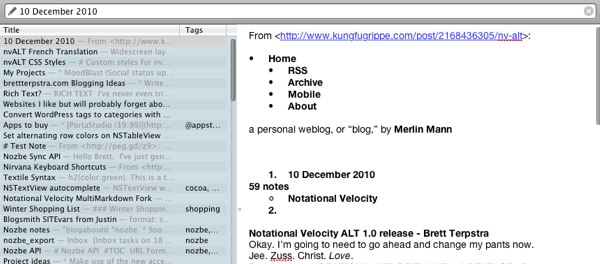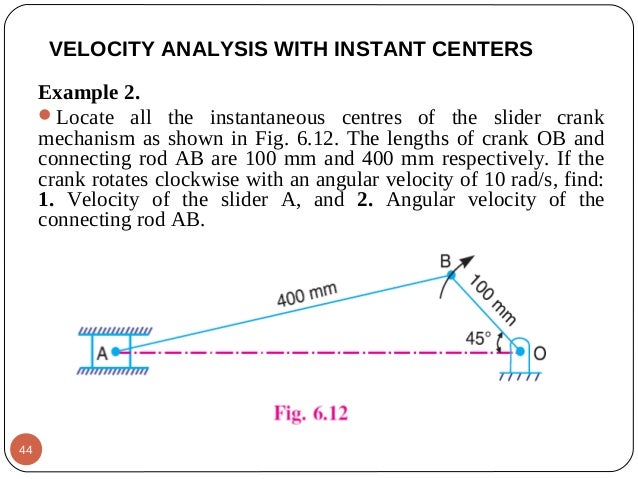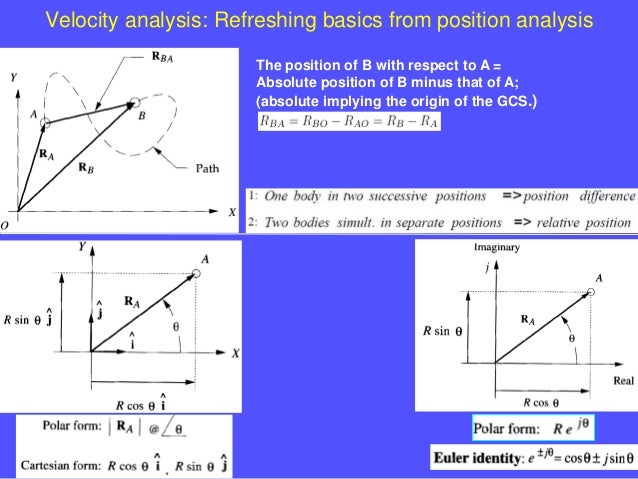

- #Notational velocity parameter invalid archive
- #Notational velocity parameter invalid software
- #Notational velocity parameter invalid mac

#Notational velocity parameter invalid archive
I recommend you follow his setup steps to use a directory of plain text files instead of an arbitrary database.Īlso, I suggest you put this note archive directory into your Dropbox folder so you can access your notes from other devices. See Michael Schechter’s nvALT 101 for a general introduction and configuration tips. You can customize the font, colors, and even the width of the text area so you can use the application in full-screen mode on widescreen displays comfortably.

Initially, the app is in portrait mode, with a smallish font and a few example notes. the contents of a selected note, which is a text field you can write in to.

the list of notes, filtered according to the search term,.Looking at the picture above, nvALT has three elements I will refer to: Enter nvALT nvALT as it looks on my machine
#Notational velocity parameter invalid mac
This app is Mac only, sadly, but there are alternative implementations popping up which promise to work on every platform. I mean, really, a LOT, as in 3000 and counting. I use nvALT since 2010, and I think it’s the best product available to create and find notes quickly and to manage a lot of them. It’s Open Source, free, and very popular. nvALT is a fork by Brett Terpstra and David Halter of the original Notational Velocity, which was created by Zachary Schneirov, and a few modifications by yours truly. While most things apply to the Notational Velocity base application, I will talk about nvALT exclusively in this review.
#Notational velocity parameter invalid software
Then for example pressing ⎋↓↓↩ would go to the second most recently modified note.I want to start this series of reviews with a software I’m fairly familiar with. (It takes about 5 to 10 seconds from the first edit.) Most of the time that's not a problem though.Īnother (and probably the best) option would be to sort Notational Velocity's note list by Date Modified. NV doesn't save changes to external files immediately. Otherwise open the second most recently modified note.If the most recently modified note is not selected, open it.Tell application "System Events" to keystroke return Grep -v '^'" & quoted form of p & "'.txt$' | Grep '^'" & quoted form of p & "'.txt$' -B 1 | Set p to value of text field 1 of group 1 of tool bar 1 of window 1 The best workaround I've come up with: ~/Library/Scripts/Applications/nvALT/jump.scpt, ⌃␣ in FastScripts tell application "System Events" to tell process "nvALT" But that had a few additional issues, and the scripts were pretty unintuitive to use. I've tried writing AppleScripts that were based on the modification date of the external text files for notes. How would NV determine what the "last" note was? Would that be the last note edited? The last note where the editor had focus? The last note selected? How would it differentiate between selecting a series of notes using Command-J/K, the left/right keys, or dragging across them with the mouse? The developer of Notational Velocity in a comment to #64: Simple: Jump back to last note, Advanced: Browsing history - Issues - scrod/nv - GitHub:


 0 kommentar(er)
0 kommentar(er)
